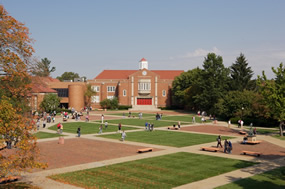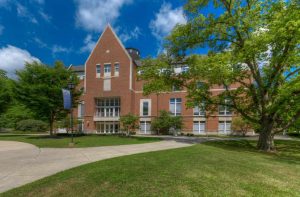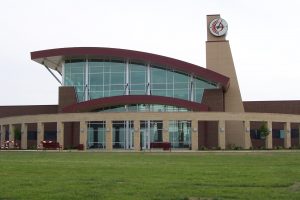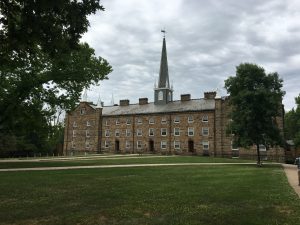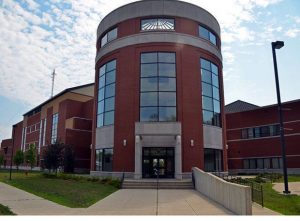
In the prior blog, we explored the financial challenges inflicted by the Coronavirus on Ohio colleges. In this post, we will explore the nature of the teaching and learning challenges this crisis has also deposited on the doorstep of our colleges and universities.
In the decade preceding the crisis most colleges adopted web-based course management software such as Blackboard, Canvas, or D2L . This software has broad course management functionality. Faculty can put all course materials on their “course web pages” such as syllabus and other learning materials. They can post links, send notifications to students, post lecture videos, manage grades, administer and grade quizzes, establish class “chat rooms,” and even interact directly with students through functionality similar to the “Zoom” meetings we have come to know and….well…like. This software can be used to manage an online course, or to support a face-to-face class. Faculty teaching online typically use a lot of its functionality whereas faculty teaching face-to-face typically use less as they enjoy ongoing contact with students in-person.
The comprehensive adoption of course software has been challenging for some faculty who prefer teaching face-to-face and may prefer the “old fashioned” way of running a class. Faculty who teach online classes, however have readily adopted these new web-based tools in the service of strengthening teaching and learning in their courses. As time passed, colleges either incentivized or required faculty teaching face-to-face classes to adopt the online course management software to support their courses. Trainings were offered, support was provided, and slowly faculty became comfortable with some of the functionality provided by the course software.
Enter Coronavirus. Suddenly, and without warning, students were sent home and all classes converted to a fully online format. At that point colleges employed faculty with a wide range of comfort and familiarity with the use of course management software and online teaching methods. Those who utilized little of its functionality pre-Coronavirus were faced with a significant up-hill challenge as they were forced to adapt. The outcome, as it relates to teaching and learning, fell a continuum from reasonably good to…well… God-awful. Now, while many faculty were struggling to employ new online learning tools, students accustomed to face-to-face learning were experiencing learning challenges as well. These online tools require explanation to students and practice to master. Few were really ready for this!
If you ask students, the result was “spotty” at best. Some courses went well while others fell apart. Some faculty worked to employ new tools and improve their online teaching skills while others defaulted to e-mailing assignments, posting grades, and little else. Colleges worked to provide support and training to faculty as needed, but with the lock down and ongoing student demands, even that was challenging. Many students became disillusioned and contemplated a gap year for academic year 2020-2021. Others vowed to attend a local community college until things were “back to normal.” They felt that they had paid for an on-campus experience and did not want to foot-the-bill for another round of expensive online courses while living at home.
Beyond any doubt, colleges are working to find a way to open for the fall of 2020, but uncertainty has led to a variety of scenario-based planning efforts to cover multiple possible scenarios, all while, for the most part, publicly vowing to open in the fall. What happens if we have an outbreak in the residence hall or on a sports team? How do we protect older or more vulnerable faculty, staff, and students? What protocols make best sense? The questions are endless and the challenges formidable.
While little is known for sure regarding next fall, it is fairly safe to say that most colleges will at least try to re-open their campuses in the fall – financially they have to give it “the old college try.” Protocols will be established and enforced; faculty will have improved their online teaching…just in case; students will be more flexible in terms of their teaching and learning expectations and capabilities. Depending on what happens on campus we may see campuses close again or further modify their protocols and course designs to permit greater flexibility and less time on campus. We shall see.
In our next blog, we will take a deeper look at the evolving issues facing Ohio’s colleges as they contemplate reopening in the fall.
About the Author: After touring 60 of the best colleges in Ohio and exploring the myriad of majors, minors, certificates, and workforce development programs in the state, Dr. Jay, a prior faculty member and dean, founded College Bound Advantage (CBA) – a Columbus, Ohio college consulting firm. CBA specializes in helping families optimize college selection around 18 “fit factors” and helping students clarify co-curricular and major options while exploring colleges that specialize in them. CBA also specializes in helping students who want to explore non-traditional educational options that do not require a 4-year college degree. Finally, CBA works with students who started college, but found that, for any number of reasons, it was not for them. College Bound Advantage serves all of Ohio including Cleveland, Akron, and Cincinnati metro areas. Check us out at www.collegeboundadvantage.com or check out what we can do for you here: https://www.youtube.com/watch?v=J6SSjHp8n98



























